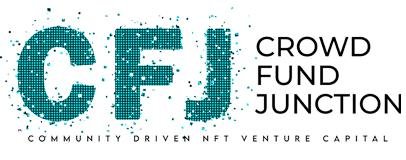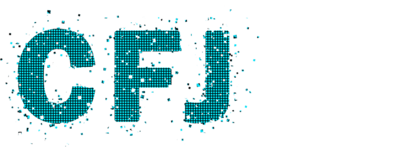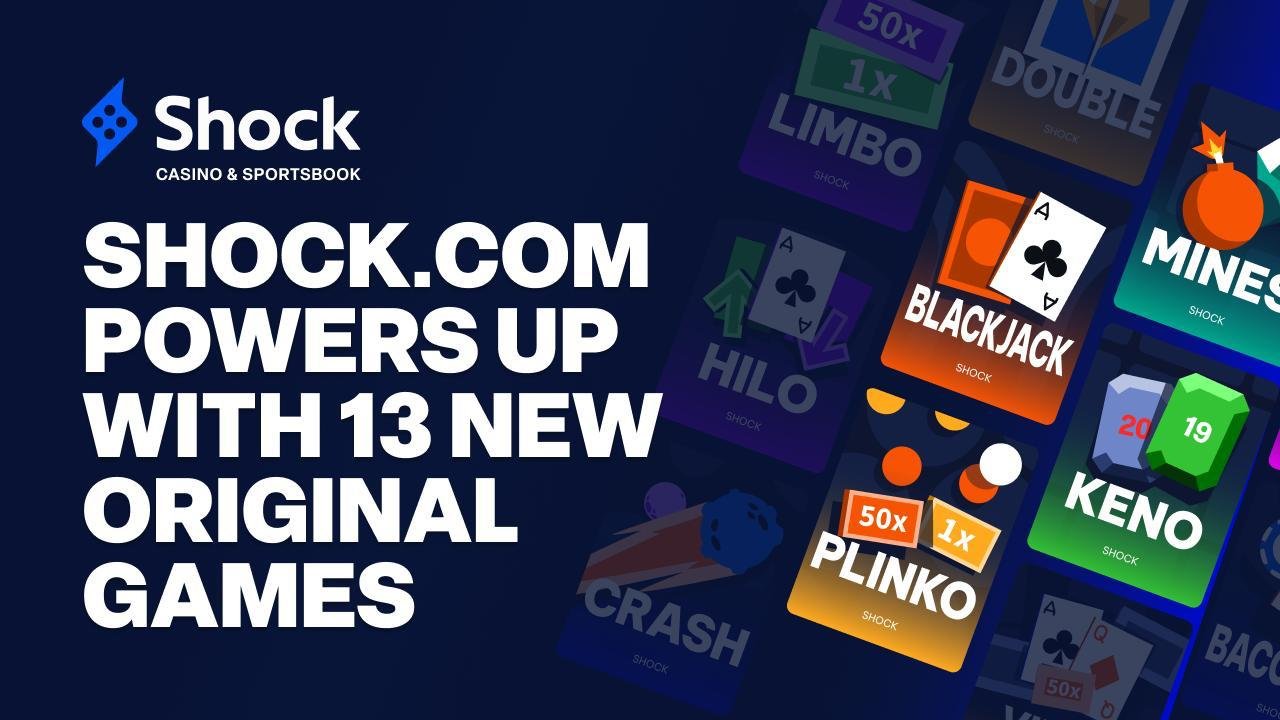What are Fractional NFTs and How do They Work
(Originally posted on : NFTICALLY )
If you are into technology and blockchain, we’re sure you might have heard about NFTs. These unique digital tokens have caused a stir in the art and collectible market. But let’s face it, traditional non-fungible tokens can be extremely expensive for most of us. That’s where fractional NFTs come into the picture. They offer an affordable way to own a piece of a digital asset.
Fractional NFTs are a game changer in the industry. They are paving the way for mass adoption by allowing us to participate in the digital economy. You might be wondering what exactly are these tokens and how they work. Well, that’s what we are going to explore in the present blog. We will also look at the potential benefits and challenges of fractional tokens. So, let’s get started.
What are Fractional NFTs?
Fractional NFTs are also known as “fractionalized” or “fractional ownership” of non-fungible tokens. They allow multiple people to own a portion of a non-fungible token. It’s like owning a slice of a pizza instead of the whole pie. This makes it easier for people to invest in high-value non-fungible tokens, which would otherwise be expensive and out of reach for most people.
For example, let’s say there’s an NFT artwork worth $10,000. With this concept, instead of one person buying the whole artwork, multiple people can pool their money and collectively purchase fractions of that asset. Each person would then own a percentage of the asset and be entitled to a portion of its value.
Think of it like owning a share of stock. But, instead of a company, you’re investing in a unique digital asset. And, these assets can range from digital art to a virtual land or even a tweet. Fractional NFTs offer numerous advantages for both buyers and sellers. They are becoming popular due to their flexibility and potential for investment diversification. As technology continues to grow in popularity, many believe that this innovation could revolutionize how we invest in digital assets.
How Do Fractional NFTs Work?
Since most of the NFTs are on Ethereum, let’s look at how fractional tokens work on Ethereum. They often use something called the ERC-721 standard for non-fungible tokens. To fractionalize a non-fungible token, we first need to lock it in a smart contract. Then we need to break one ERC-721 token into multiple ERC-20 tokens. The owner can decide all the details such as the number of ERC-20 tokens, prices of each token, metadata, and other details.
Each ERC-20 token represents a portion of the original non-fungible token. As a result, it gives partial ownership of the asset to its holder. Once the traditional token is inside the smart contract, anyone can buy the ERC-20 tokens, aka pieces of the original token. We call these pieces Fractional NFTs or F-NFTs for short. The value of each ERC-20 token depends on the overall value of the original asset.
However, this scenario is not just limited to the Ethereum blockchain. Fractionalizing non-fungible tokens work on any network with smart contracts and NFTs, like Polygon or Cardano. These tokens allow people to own a piece of a high-value token which could be too expensive to buy the whole asset. They also hold the potential to create new investment opportunities and collaborations.
Benefits of Fractional NFTs
Democratization
Most of the popular non-fungible tokens are very expensive. Fractional NFTs make these expensive tokens more affordable for us. This makes it possible for everyone to get involved and own a piece of the non-fungible token. When the price of a non-fungible token goes up, then all of its fractions become more valuable. If its value goes down, then the value of all the fractions also goes down. Fractional NFTs help democratize traditional tokens and make them accessible to everyone.
High Liquidity
The value of a non-fungible token is determined by how unique or rare it is. Since these tokens are unique, it can be difficult to buy and sell them. F-NFTs let people own non-fungible tokens together, which makes it easier to buy and sell them. If a non-fungible token is too expensive, you can break it into smaller parts so more people can buy it. Doing this helps a lot of us with buying and selling these tokens quickly. How easily we can buy or sell an asset is known as ‘liquidity’. Fractionalized non-fungible tokens help people buy the parts they want at the prices that work for them. This way, they increase the liquidity in the marketplaces.
Price Discovery
Price discovery is an important aspect of non-fungible token markets. It helps stakeholders understand the right price for non-fungible tokens. It is a process by which we can determine the price based on market demand. When we mint a new token, it can be difficult to price it. However, fractionalizing it can make the process simpler. F-NFTs can be released in the market to be bid on. This provides a mechanism for price discovery that helps determine accurate pricing for non-fungible tokens. This process also helps in avoiding issues such as over or under-valuation of tokens.
Increased Visibility for Creators
Fractional NFTs offer improved liquidity and price discovery, which in turn attract more buyers. This increased demand leads to greater visibility and a wider audience for the creator. Usually, a single owner buys and holds a non-fungible token. There is often limited access to these assets, resulting in a reduced potential market. On the other hand, fractional tokens are split into smaller pieces and multiple people can buy them. This means that any single asset can have a far larger potential audience with increased accessibility.
4 Use Cases of Fractional NFTs
Art
Fractional non-fungible tokens make it easier for more people to own a piece of artwork at a lower cost. The artist can also benefit as they will receive a greater level of support from their fanbase. It is also possible to create digital versions of physical artwork. We can then fractionalize and sell them as non-fungible tokens. This provides the artist with an additional source of revenue and more exposure to their work.
Gaming
Fractional NFTs are proving to be a boon for the gaming industry. They allow gamers to own a fraction of the token that would otherwise be too expensive for them to buy. You can also use these tokens in games as virtual currency. This way, players can trade and exchange fractional tokens with others. This opens up the possibility for gamers to gain access to non-fungible tokens that may otherwise be out of their price range.
Metaverse
Fractional non-fungible tokens allow people to purchase fractions of a digital asset, like virtual land. This allows multiple investors to come together and pool their resources to buy a large token without having to break the bank. In the metaverse, we can use F-NFTs to split the ownership and the cost of assets like virtual land and other collectibles. This means that groups, conglomerates, or individuals with limited funds can come together to purchase digital assets in the virtual universe.
Real Estate
Fractional NFTs enable multiple parties to share ownership of a property. This can be particularly useful for investors who are looking to enter the real estate market but need help to purchase an entire property. By fractionalizing a property, multiple parties can come together and invest in the same property. This allows for more efficient use of resources and gives investors access to a more extensive range of real estate investments.
What are the Challenges of Fractional NFTs?
We can sell non-fungible tokens in fractions. But sometimes it is hard to get all the fractions back together again. For example, if you have a cake and sell a fourth of it, you still have 3 fourths left to use or sell. NFTs are different though – it’s easier to use them all together than in parts. Though fractional tokens allow for more liquidity and price discovery, they also come with a few challenges such as difficulty in reconstituting NFTs. This limits their utility value.
Reconstitution is the biggest challenge of fractional NFTs. That’s why there is an option for a buyout auction. The owner sets the lowest price they want for their non-fungible token. And, people can bid higher than that price if they want to own the entire non-fungible token. If someone bids higher than other fraction holders, then all parts will come together and go to the new buyer instead. Additionally, holders need to ensure that all fractions are retrieved securely and safely while transferring the tokens.
Conclusion
Fractional NFTs are a powerful tool that has multiple benefits over traditional tokens. They include high liquidity, efficient price discovery, and increased visibility for creators. We can apply this new technology to various industries like art, gaming, metaverse, and real estate. F-NFTs have opened up possibilities for people who otherwise wouldn’t be able to afford certain digital assets. As the industry continues to grow and evolve, fractional tokens will become an important part of our digital economy. So, explore how you can use them in your projects today!
NFTICALLY helps you to launch your marketplace without any hassle. Plus, more people can see your creations with this platform. So, join us today and explore the benefits of this platform.








 Bitcoin
Bitcoin  Ethereum
Ethereum  Tether
Tether  XRP
XRP  Solana
Solana  USDC
USDC  Lido Staked Ether
Lido Staked Ether  Dogecoin
Dogecoin  TRON
TRON  Cardano
Cardano  Wrapped stETH
Wrapped stETH  Wrapped Bitcoin
Wrapped Bitcoin  Ethena USDe
Ethena USDe  Chainlink
Chainlink  Figure Heloc
Figure Heloc  Sui
Sui  Hyperliquid
Hyperliquid  Stellar
Stellar  Avalanche
Avalanche  Wrapped eETH
Wrapped eETH  Bitcoin Cash
Bitcoin Cash  WETH
WETH  Hedera
Hedera  Litecoin
Litecoin  LEO Token
LEO Token  Binance Bridged USDT (BNB Smart Chain)
Binance Bridged USDT (BNB Smart Chain)  Coinbase Wrapped BTC
Coinbase Wrapped BTC  USDS
USDS  Mantle
Mantle  Shiba Inu
Shiba Inu  Toncoin
Toncoin  Cronos
Cronos  USDT0
USDT0  WhiteBIT Coin
WhiteBIT Coin  Polkadot
Polkadot  Ethena Staked USDe
Ethena Staked USDe  Monero
Monero  World Liberty Financial
World Liberty Financial  Uniswap
Uniswap  OKB
OKB  Dai
Dai  Aave
Aave  Pepe
Pepe  Bitget Token
Bitget Token  Ethena
Ethena  Aptos
Aptos  NEAR Protocol
NEAR Protocol  MemeCore
MemeCore  Jito Staked SOL
Jito Staked SOL  Aster
Aster  Bittensor
Bittensor  Ethereum Classic
Ethereum Classic  Story
Story  Ondo
Ondo  BlackRock USD Institutional Digital Liquidity Fund
BlackRock USD Institutional Digital Liquidity Fund  Binance-Peg WETH
Binance-Peg WETH  Binance Staked SOL
Binance Staked SOL  USD1
USD1  Worldcoin
Worldcoin  Currency One USD
Currency One USD  PayPal USD
PayPal USD  POL (ex-MATIC)
POL (ex-MATIC)  Jupiter Perpetuals Liquidity Provider Token
Jupiter Perpetuals Liquidity Provider Token  Internet Computer
Internet Computer  sUSDS
sUSDS  Arbitrum
Arbitrum  Zcash
Zcash  Pump.fun
Pump.fun  KuCoin
KuCoin  Rocket Pool ETH
Rocket Pool ETH  Gate
Gate  Pi Network
Pi Network  VeChain
VeChain  Algorand
Algorand  Cosmos Hub
Cosmos Hub  Pudgy Penguins
Pudgy Penguins  USDtb
USDtb  Kinetiq Staked HYPE
Kinetiq Staked HYPE  Render
Render  Sei
Sei  BFUSD
BFUSD  StakeWise Staked ETH
StakeWise Staked ETH  Wrapped BNB
Wrapped BNB  Liquid Staked ETH
Liquid Staked ETH  Falcon USD
Falcon USD  Filecoin
Filecoin  Plasma
Plasma  Sky
Sky  Bonk
Bonk  Tether Gold
Tether Gold  Official Trump
Official Trump  Quant
Quant  Lombard Staked BTC
Lombard Staked BTC  Artificial Superintelligence Alliance
Artificial Superintelligence Alliance